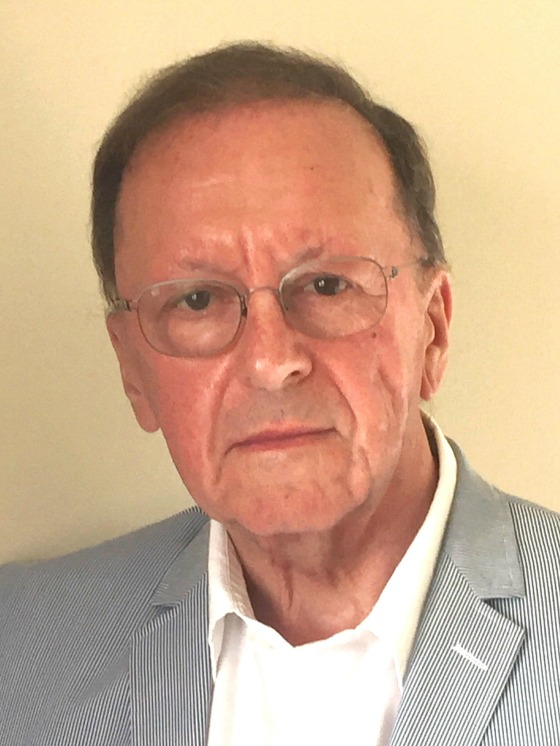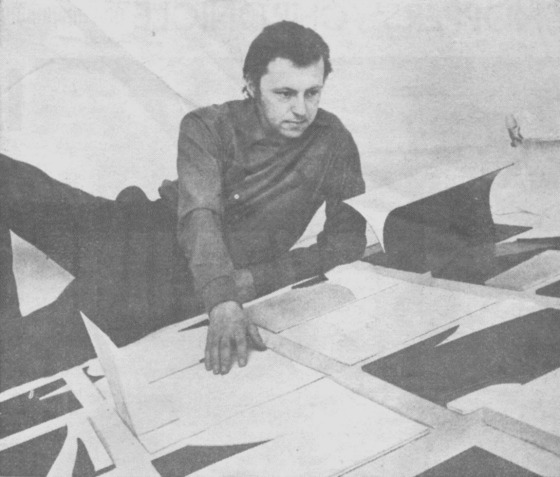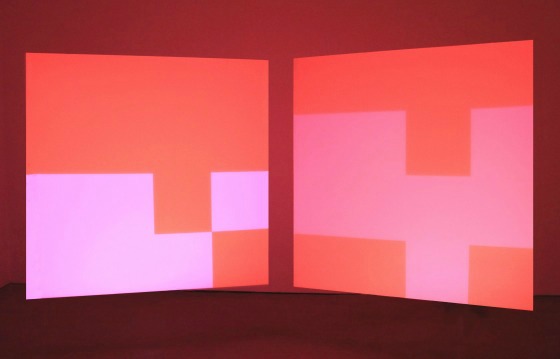A pioneering digital artist and human-computer interaction (HCI) expert has been awarded a lifetime achievement award for decades spent at the forefront of creativity.

Professor Ernest Edmonds, who is the director of the Institute of Creative Technologies at De Montfort University Leicester (DMU), said he was thrilled to have been given the accolade from ACM SIGCHI, which represents professionals, students and researchers from around the world in the field of HCI.
It is presented to those who have influenced others through practice, contributed to the field and had the most impact through their work internationally. Only one other person from the UK has previously received one of these awards.
As a prolific researcher, practising artist and lecturer, Professor Edmonds has devoted decades to championing a culture of innovation and practice-based research by working with colleagues in a range of different disciplines.
He said: “It is quite an exceptional award. The first I knew about it was when I received an email letting me know I had been given the award, I had no idea. I was even more thrilled because I have always seen my work as being on the fringes, deliberately so.
“To be recognised by the community that defined the field of HCI is very special to me.”

The announcement comes as Professor Edmonds was named chairman of the board of ISEA International, which organises a symposium of conferences, exhibitions, performances and workshops for the international art, science and technology community. It is one of the world’s most prominent international arts and technology events with this year’s symposia being held in Colombia.
Professor Edmonds’ career began in 1967 when he joined DMU – then Leicester Colleges of Art and Technology – as a research assistant. Back then, there was one computer which was kept in an air-conditioned room.
RELATED NEWS
Take an online tour of DMU's campus
Top prize leaves DMU graduate feeling animated
Pioneering digital artist exhibiting at The Gallery
As a mathematics and logic scholar, he quickly became fascinated by computing. His deep concern for art led him to examine possibilities presented by the computer, which was further strengthened after a visit to the influential 1968 exhibition Cybernetic Serendipity in London.
That same year he began to use computers in his art practice and he has gone on to exhibit around the world.
Early on, Professor Edmonds believed strongly in the power of working across disciplines, combining his love of logic with creative technologies and art.

“It was a very different world,” he said. “The computer was part of the mathematics or engineering departments; it wasn’t often thought of as a stimulus for creativity. I began to think about what effect it could have on all areas of my life, including art.
“In 1970, we presented a paper on the future of computing, which set down the programme for everything I have done since.”
Professor Edmonds urges young researchers to develop a collaborative practice. He said: “There’s a lot of pressure in the education system today to specialise, but I believe working across disciplines stimulates creative thinking and is where the innovation takes place.”
He said there are many parallels between his own career and the development of DMU itself.
“My work has been innovative, creative and multidisciplinary. It’s been about practice, and these words are all important to DMU, its mission and spirit. The older universities may need to be more theoretical but DMU’s focus on practice-based work and innovation is vital to the needs of the world today.”
Posted on Wednesday 22 March 2017